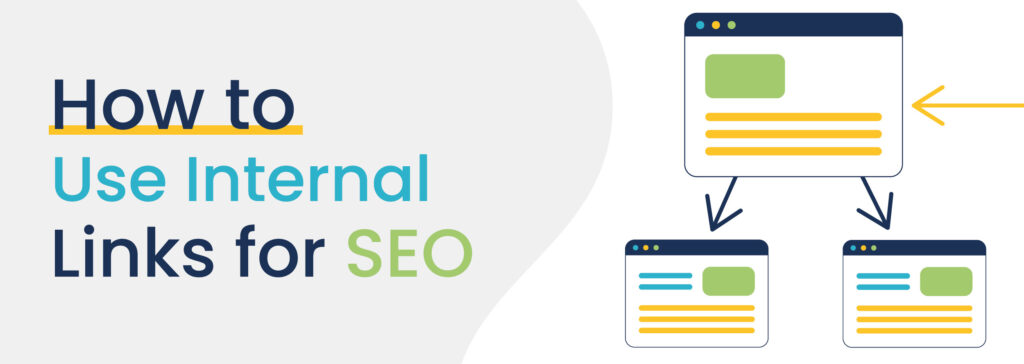
When most people think about SEO, they immediately jump to keywords, backlinks, or technical settings. But there’s another piece of the puzzle that often gets overlooked — internal linking.
Internal links don’t grab headlines like backlinks do, yet they can quietly transform the way your website ranks and how visitors interact with your content. In this post, let’s explore why internal linking is so powerful and how you can make the most of it.
What Is Internal Linking for SEO?
Internal linking simply means adding links from one page on your site to another page on the same domain. For example, a blog on “On-Page SEO” might link to another article about “Keyword Research.”
It sounds simple, but these connections act like pathways. They help Google discover content and allow readers to move deeper into your website instead of dropping off after reading just one page.
Why Internal Linking for SEO Matters for Your Website
1. Helps Search Engines Discover Pages
Search engines rely on bots to crawl websites. Without internal links, some pages may remain hidden. Using internal linking for SEO ensures that new posts connect to older ones so every page gets indexed.
2. Passes Link Equity Across Pages
When a page earns external backlinks, it gains authority. Internal links let you share that authority with other important pages. Implementing internal linking for SEO helps spread this value across your website.
3. Keeps Visitors Engaged Longer
Readers rarely find all the answers on a single page. By adding related internal links, you guide them to the next helpful resource. This reduces bounce rates and increases time on site — key benefits of internal linking for SEO.
4. Builds a Logical Site Structure
A well-planned internal linking strategy creates a clear hierarchy: homepage at the top, category pages below, and posts or products under categories. Strong internal linking for SEO clarifies which pages matter most for users and search engines.
Internal Linking Best Practices
Not all links are equal. To get results, keep these tips in mind:
- Use descriptive anchor text: Instead of “click here,” use clear terms like learn about contextual links.
- Link to deeper pages: Don’t always point to your homepage — shine a light on valuable inner pages.
- Stay natural: Add links where they genuinely help the reader. Forcing too many links looks spammy.
- Update old content: When you publish something new, revisit older articles and connect them.
- Fix orphan pages: Make sure every page has at least one internal link pointing to it.
Helpful Tools for Internal Linking
- Yoast SEO (WordPress plugin) – highlights related content you could link to.
- Ahrefs / SEMrush – run site audits to find broken or orphan pages.
- Google Search Console – see how Google currently interprets your internal link structure.
These tools save time, especially if you’re managing a large site.
FAQs About Internal Linking
Q1. Do internal links really improve SEO?
Yes. They guide crawlers, spread link equity, and improve user experience, all of which contribute to better rankings.
Q2. How many internal links should I add to a post?
There’s no fixed rule. For an 800-word article, 5–10 natural links are usually enough.
Q3. Can internal linking replace backlinks?
No. Backlinks remain one of the strongest ranking signals. Internal linking is complementary — it strengthens your site from the inside.
Final Thoughts
Internal linking for SEO may not sound flashy, but it’s one of the most reliable ways to improve your website’s performance. It helps search engines find your pages, passes authority across your site, and guides visitors toward the answers they’re looking for.
The best part? You’re fully in control. Unlike external backlinks, you don’t need to depend on other websites — you can start optimizing your internal links today.
So the next time you publish a blog post or product page, pause and ask: Where else can I connect this content? Those small connections add up to big SEO wins.


My brother suggested I might like this blog. He was entirely right.
This post truly made my day. You can not imagine simply how much time I had
spent for this info! Thanks!
Feel free to surf to my web page :: backlink edu (s.ubyt.es)
Great post.
Here is my site – backlink kampus (forum.dic.edu.bd)
When someone writes an article he/she retains the plan of a user in his/her mind
that how a user can know it. Thus that’s why this piece
of writing is amazing. Thanks!
Here is my web blog – backlink